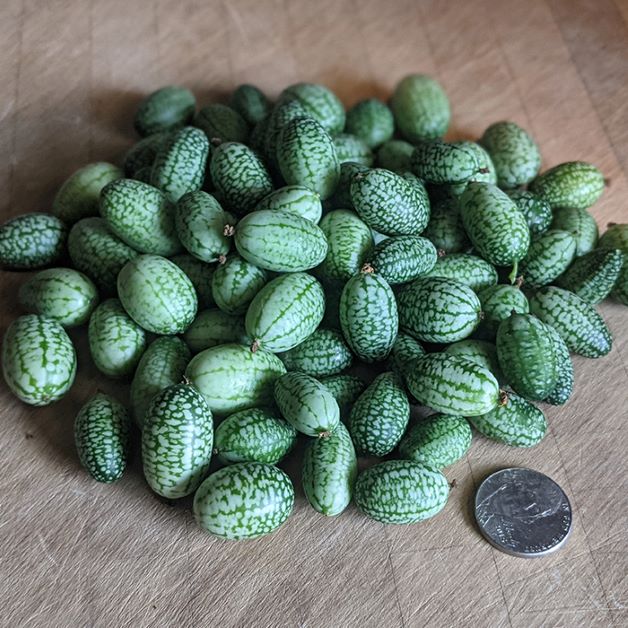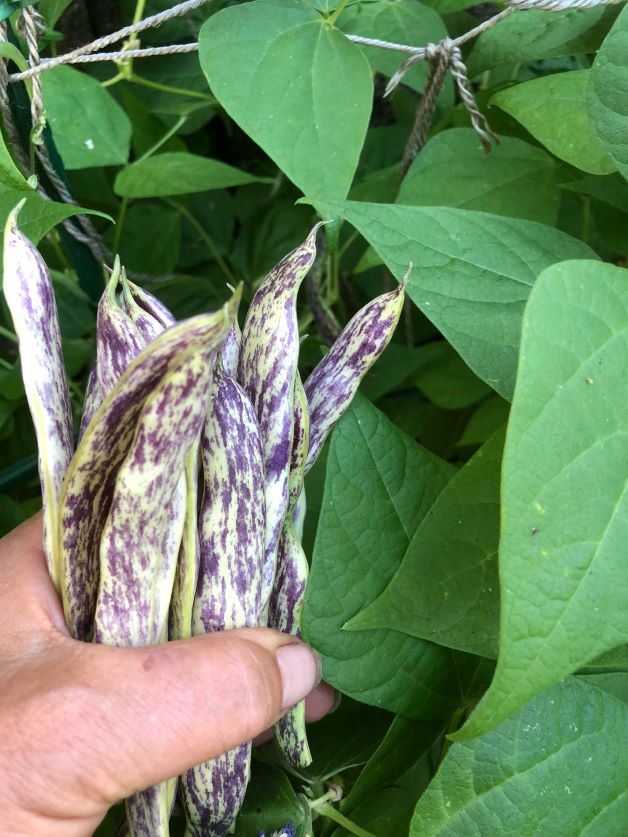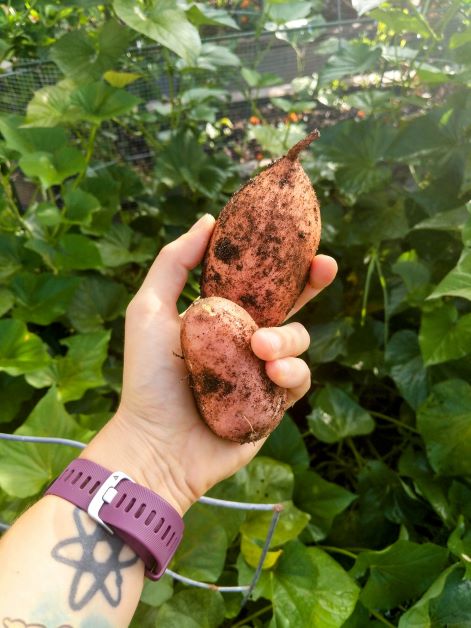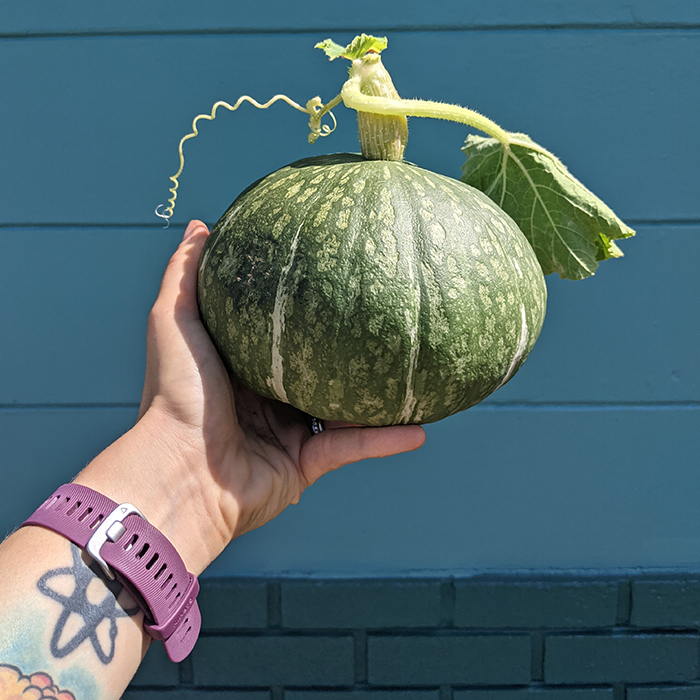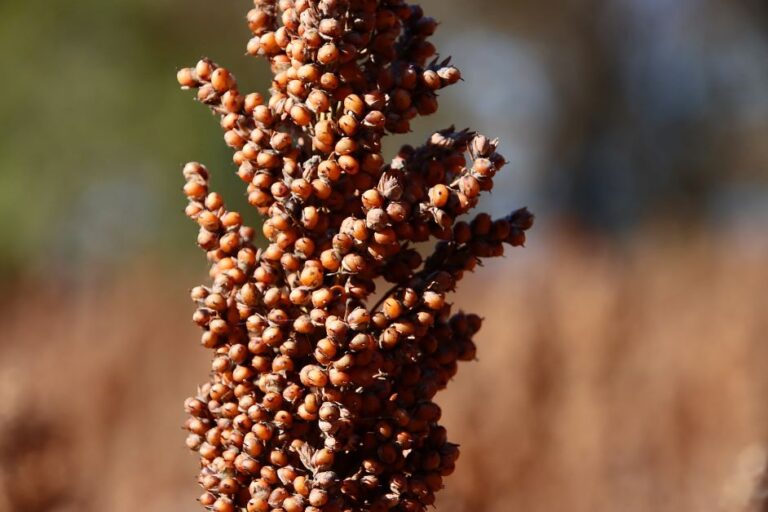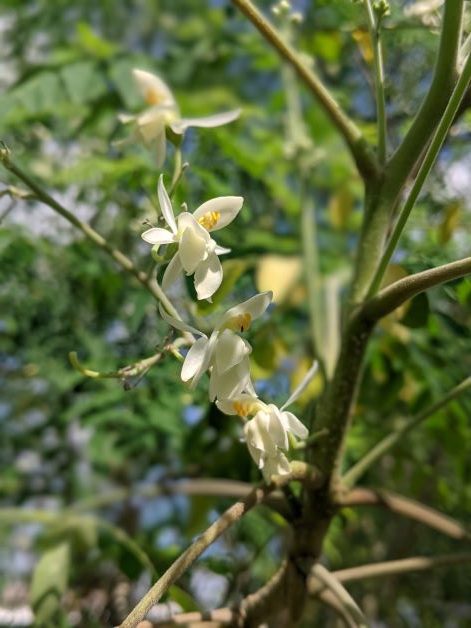How to Grow Cucamelon
The cucamelon is a vegetable of many names – it’s also called the Mexican sour gherkin, mouse melon, sandita, and pepquino. This is a large creeping vine that produces tiny fruits that look exactly like miniature watermelons.
As a member of the cucurbit family, the cucamelon is related to squash, watermelon, pumpkin, and zucchini. This species is native to Colombia, El Salvador, Guatemala, Honduras, Mexico, Nicaragua, Panama, and Venezuela. As a Florida gardener, these little veggies are perfect for me since they’re native to the sub-tropical climate.
The leaves and tubers of the cucamelon aren’t edible, but the cucamelon itself is high in vitamins and nutrients and low in calories and carbs.
Cucamelon is an exotic vegetable – you won’t find them in the grocery store. They’re a showstopper with friends and neighbors and are bound to get you a lot of likes on social media. Cucamelons are also a hit with kids and a good way to sneak some extra vegetables into even the pickiest eater’s diet.
What Does Cucamelon Taste Like?
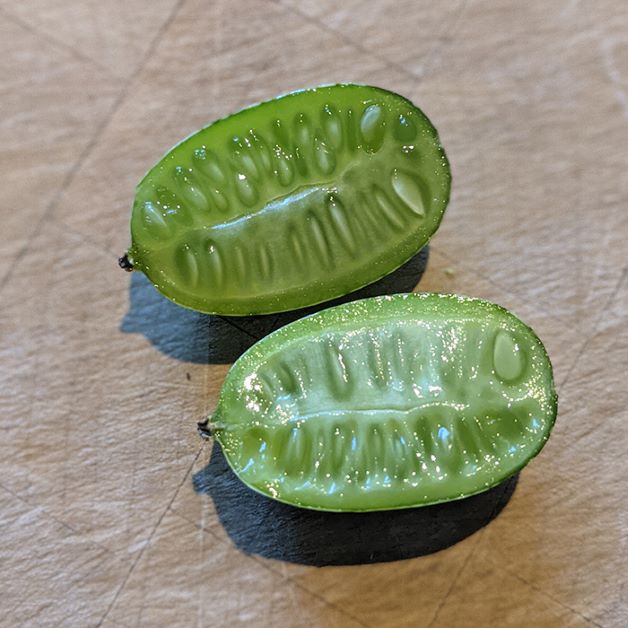
Even though it looks like a tiny watermelon, don’t be fooled – the cucamelon is not sweet. It has a subtle taste that many people describe as a lemony cucumber. To me, it tastes a lot like a watermelon rind. It’s got a crunchy texture and a snap when you bite through the skin. You don’t have to peel or cook it before eating.
Cucamelon Growing Zone
Cucamelons are hardy from USDA zones 2 through 11. Depending on how warm it is in your area, they will produce fruit starting in spring or summer.
If you live in a cool climate, you should start your cucamelon seeds indoors about 4 weeks before the last frost. I live in zone 9B and start my plants outdoors in my carport. There, the temperature is warm but it’s also protected from the harshest rays of the sun.
How to Plant Cucamelon
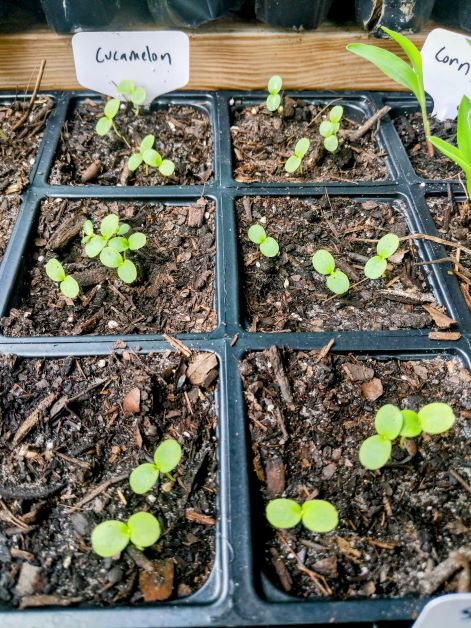
- Fill a seed starter tray with high-quality potting soil.
- Add a few seeds per cup, bury them 1/2 an inch under the soil, and water them in. Keep your seed tray in warm place that gets plenty of sun, but is also protected from the harshest rays if growing in a very hot climate.
- Seeds usually germinate in 7 to 14 days.
- Thin out the seedlings as they grow, if needed. Pick the strongest, healthiest-looking seedlings to keep.
- Transplant your seedlings after they get 2 true leaves, but don’t wait too long. Cucurbits don’t transplant well.
You can also start your cucamelon seeds outside by direct sowing. If you chose the direct sowing method, just be sure to wait until all danger of frost has passed before planting your seeds in the ground.
How to Grow Cucamelon
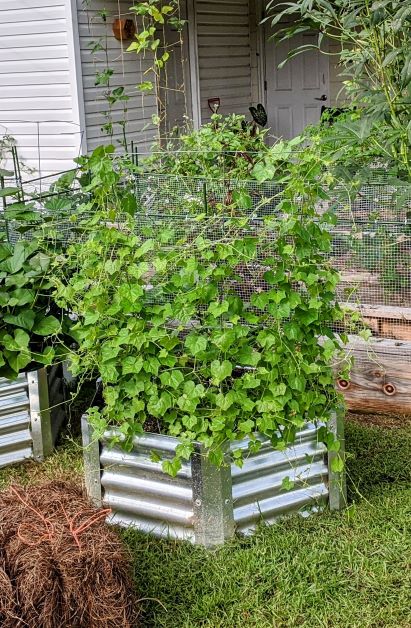
Sunlight
Cucamelons are a full sun plant.
Temperature
Cucamelon is a warm-weather vegetable and will die after a frost. Their preferred temperature range is 65F to 75F. Growth is stunted in temperatures 85F+.
Soil
Since cucamelons grow from a tuber, it’s important that your soil is well-draining. If it’s not, then your tuber will rot instead of grow. Cucamelons like rich, slightly sandy, and acidic soil.
Water
Keep your cucamelon moist but not soggy. If you overwater, then you run the risk of rotting your tuber. Also, be sure to water your cucamelon at the base of the vine and not the leaves. Using a water wand can help.
Spacing
Cucamelon vines will take over your garden bed if you let them. I keep at least 1 foot of space between my cucamelon and nearby plants to keep things manageable.
Fertilizer
Feed your cucamelon with organic all-purpose vegetable fertilizer in the middle of your growing season to get the most fruit. I also like to amend my soil with mushroom compost 2 weeks before transplanting.
Are Cucamelons Perennial?
At the end of the cucamelon growing season, the leaves will brown and die. In much of Florida and other subtropical regions, the cucamelon is a perennial. When the vines are dead and no longer producing, snip them off at the base. Under the soil is the cucamelon tuber. As long as there isn’t a prolonged, hard frost, your cucamelon will grow back next season.
If you’re in a cooler climate, you can remove the tuber from the ground once the plant is dead and store it in a pot of soil in a warm, dry spot. When cucamelon season starts again, pop the tuber back into the ground and you’ll have another cucamelon plant much faster than if you were starting off from seed.
Can You Grow Cucamelon in a Container?
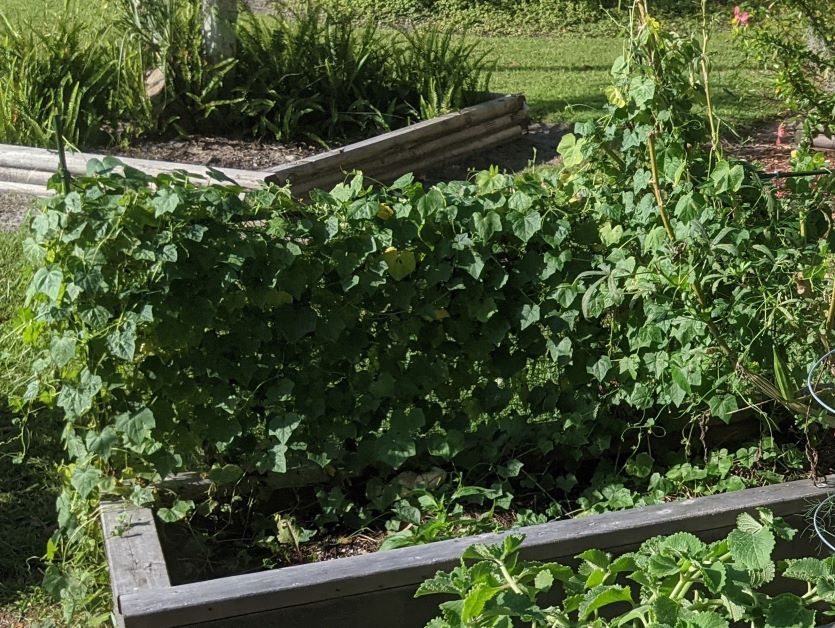
I grow my cucamelon in a raised bed, with a garden fence on the side for the vines to crawl. You can also grow cucamelon in containers or in the ground.
If you’re growing in a container, the size of your cucamelon pot isn’t very important. The cucamelon seed turns into a small, potato-like tuber so it doesn’t need a lot of space underground. What is important, though, is that you give the plant enough space to climb or sprawl.
I prefer to grow my cucamelon on a trellis because it helps improve airflow between the leaves. Some people let theirs sprawl across the ground or cascading off the sides of a pot. Do know that you run a higher risk of pest problems if you let your cucamelons grow along the ground.
As the plant gets bigger, you may need to train the vines to go in the direction you’d like. You’ll likely have to stop the vines from smothering any other plants you have growing nearby. Be careful when training your cucamelon vines because they’re very thin and break easily.
Harvesting Cucamelon
It takes 60 to 90 days for your cucamelon to mature. As it grows, it will put out small yellow flowers. The flowers are both male and female, which means you only need one cucamelon plant to produce fruit.
A single plant will produce hundreds of cucamelons. You’ll need to spend some time every day hunting to find all the tiny cucamelons hiding between the leaves of your plant. Harvesting can be time consuming because the cucamelons are small and hard to see.
Cucamelon Troubleshooting
While cucamelon is fairly pest resistant, I’ve had two issues – fungal disease and cucumber worms.
Towards the end of the season, powdery mildew tends to develop.
I fight fungal disease by pruning excess leaves and vines to improve airflow. You can also use organic copper fungicide if needed.
The tell-tale sign of a cucumber worm infestation is hollow cucamelons with small holes bored into them.
Use Monterey BT spray to control cucumber worms. It’s an organic beneficial bacteria-based pesticide that won’t harm pollinators.
How to Use Cucamelon
Cucamelons are perfect for snacking on by the handful. Cucamelon pickles are also amazingly crisp and tasty. I also like to halve them and throw them into salsas and salads.

